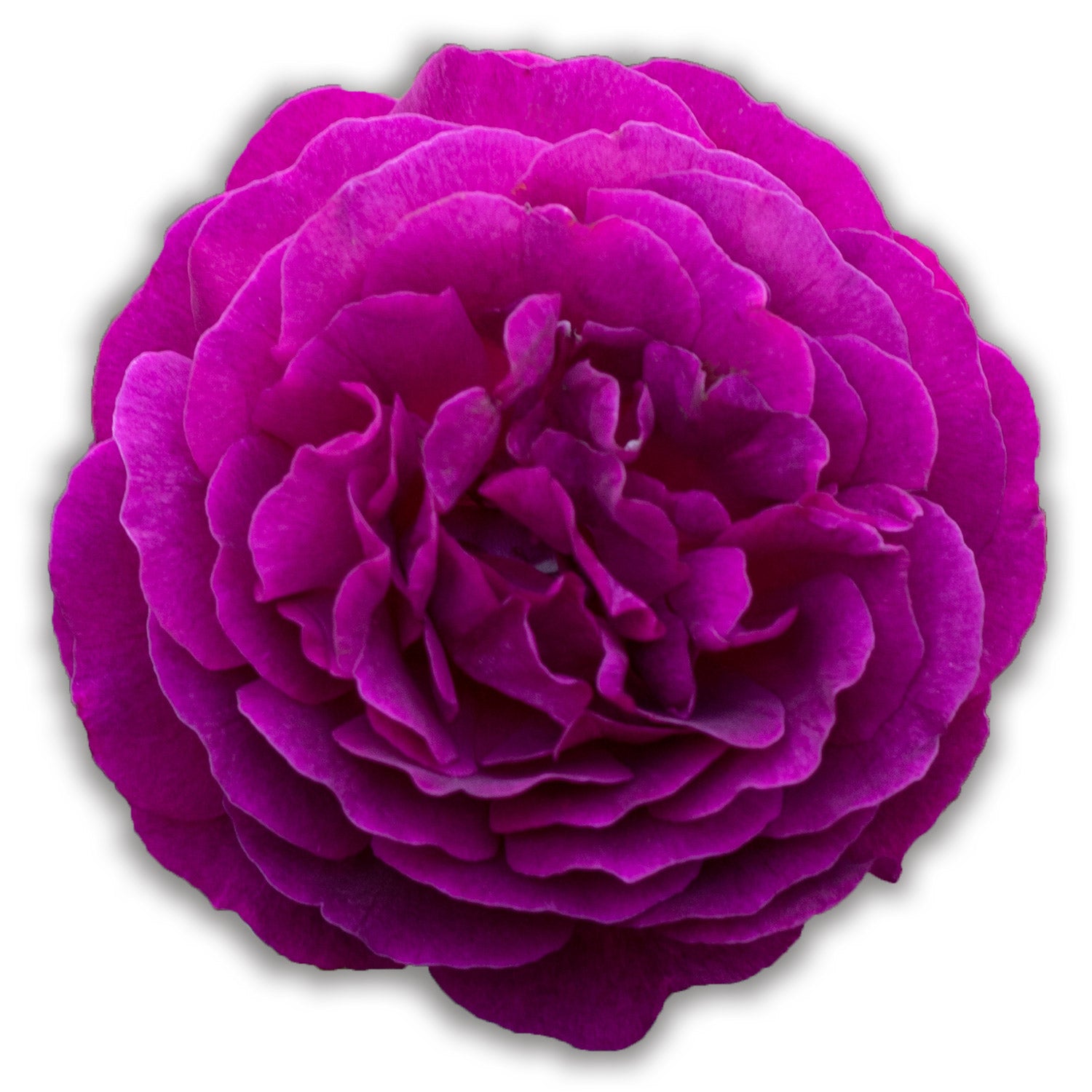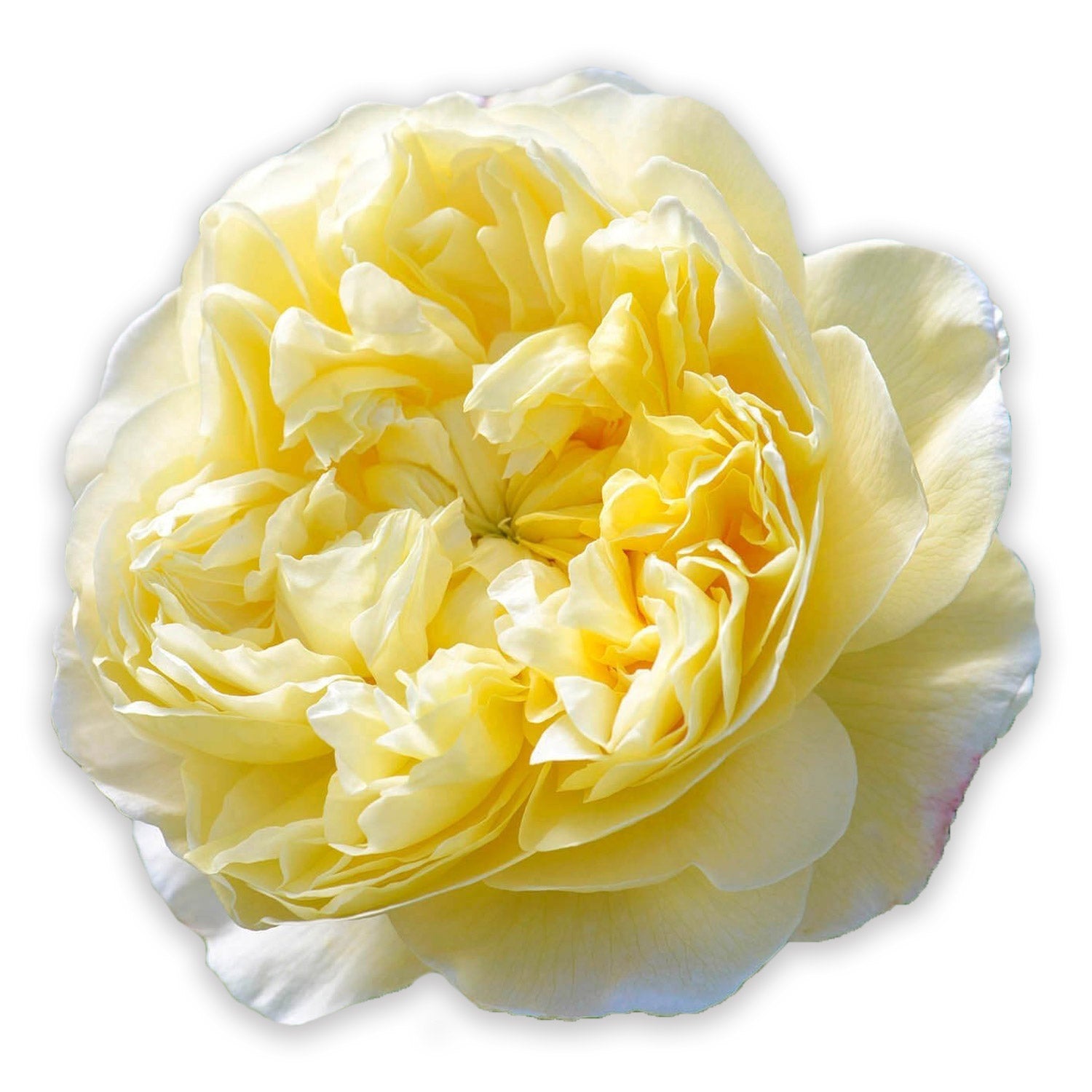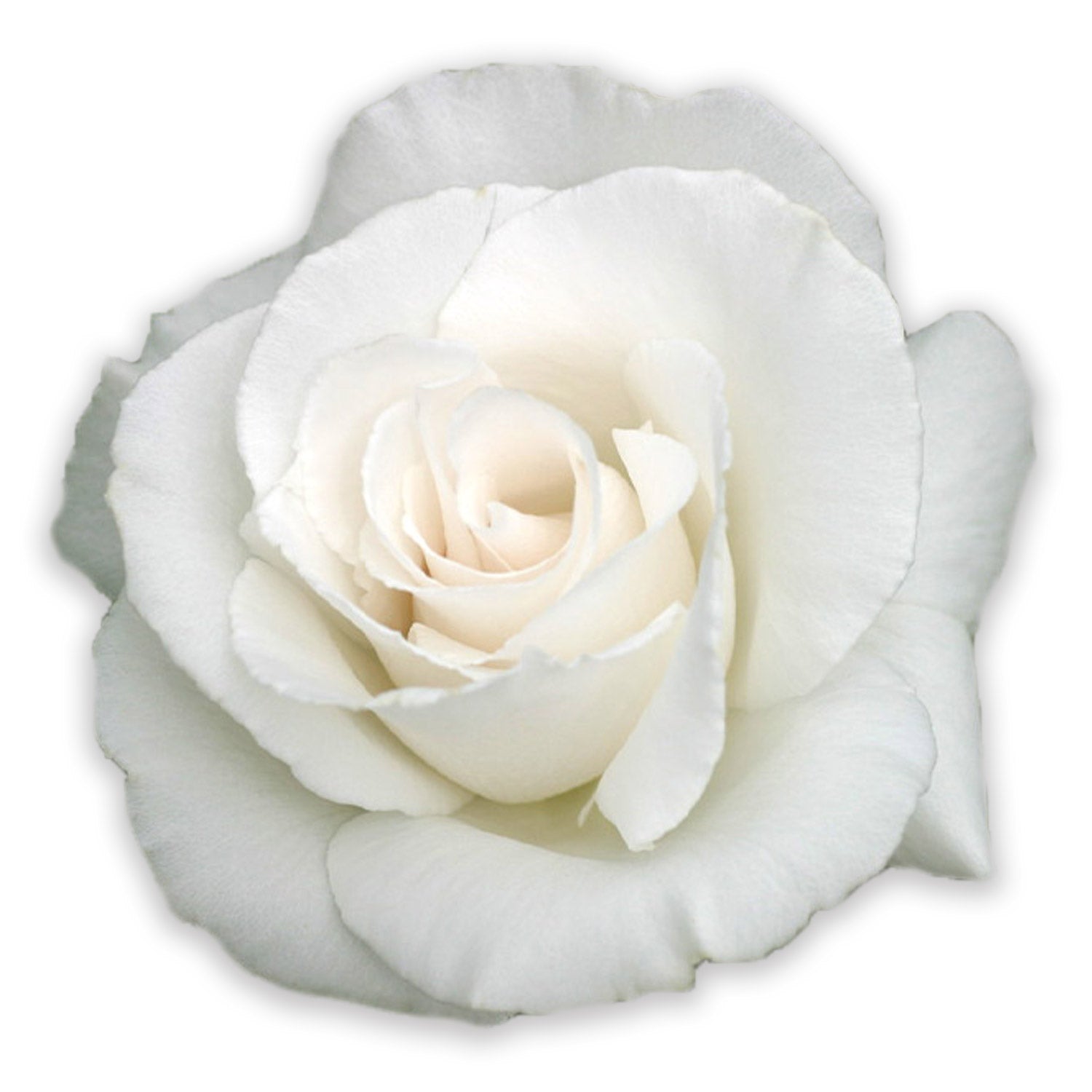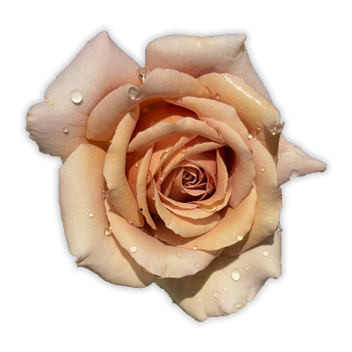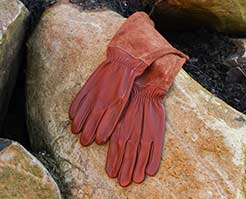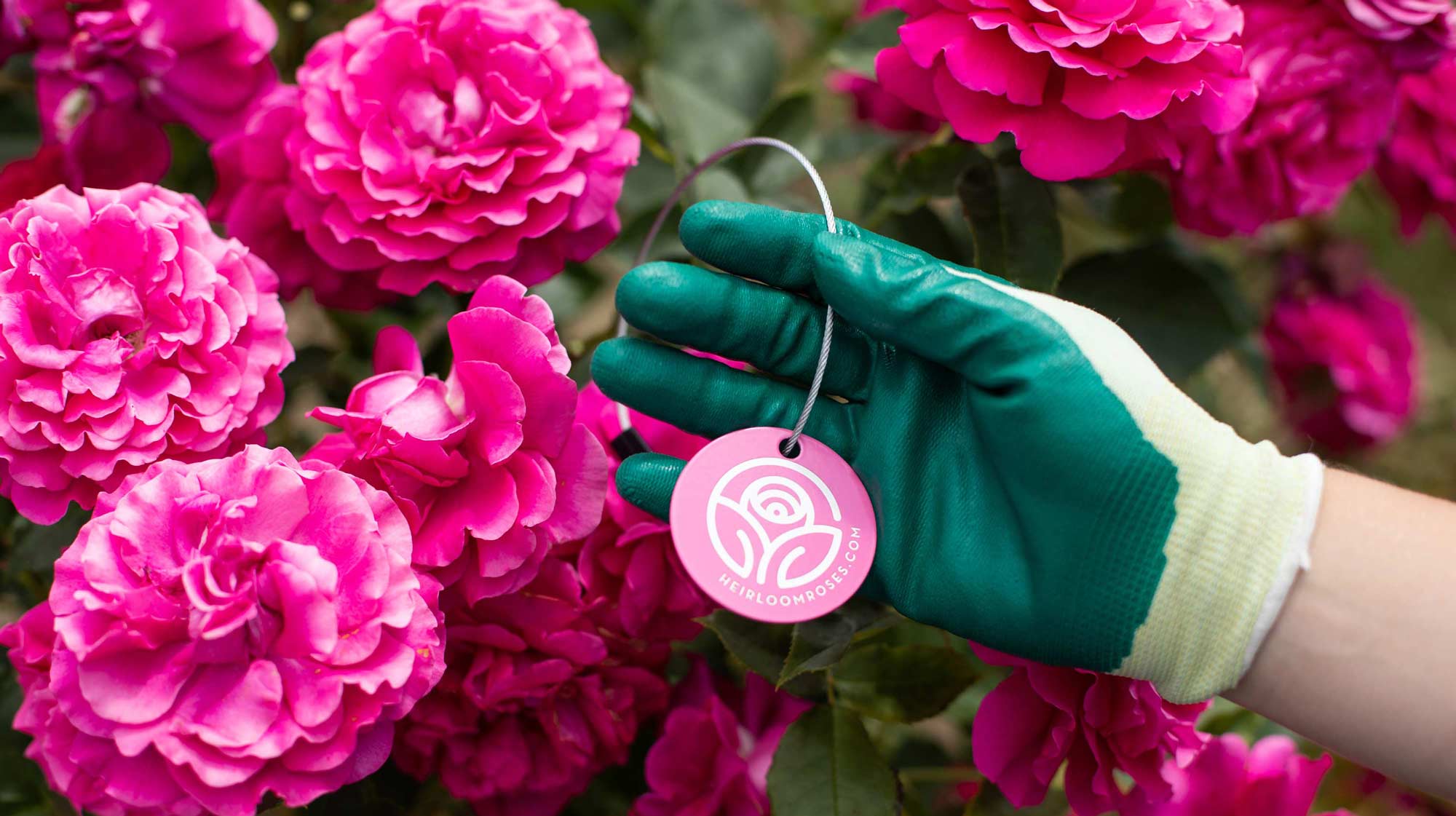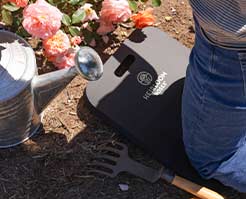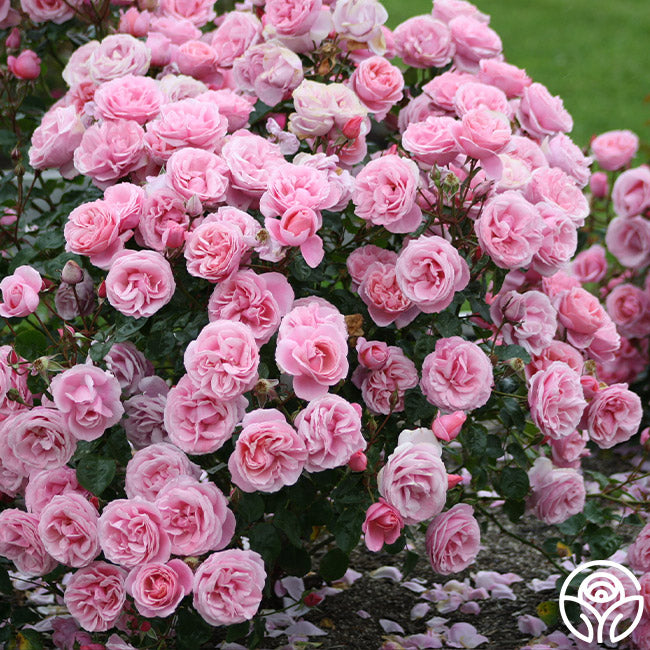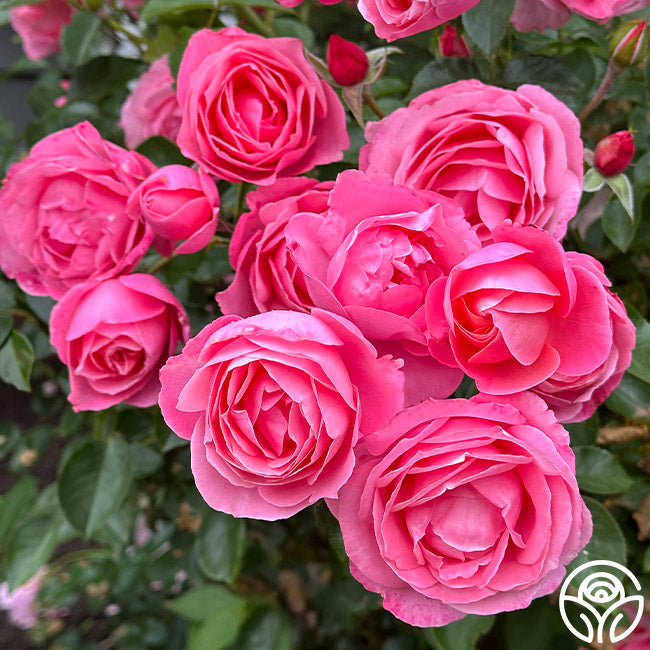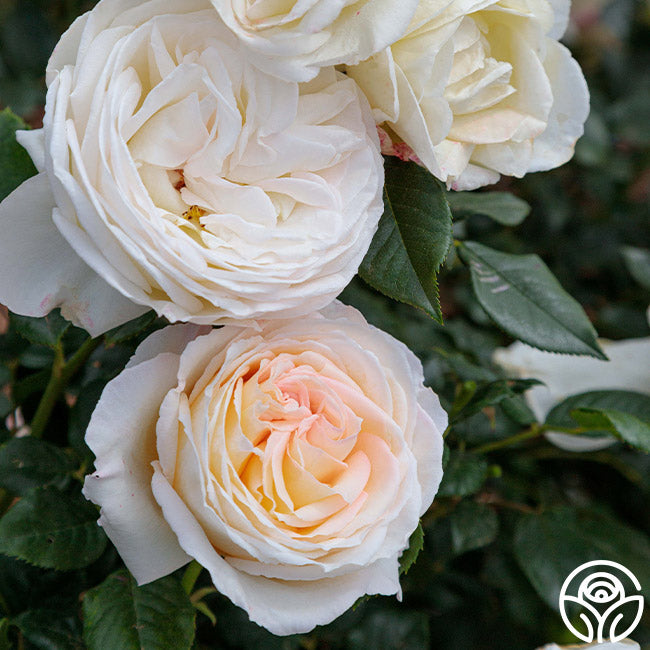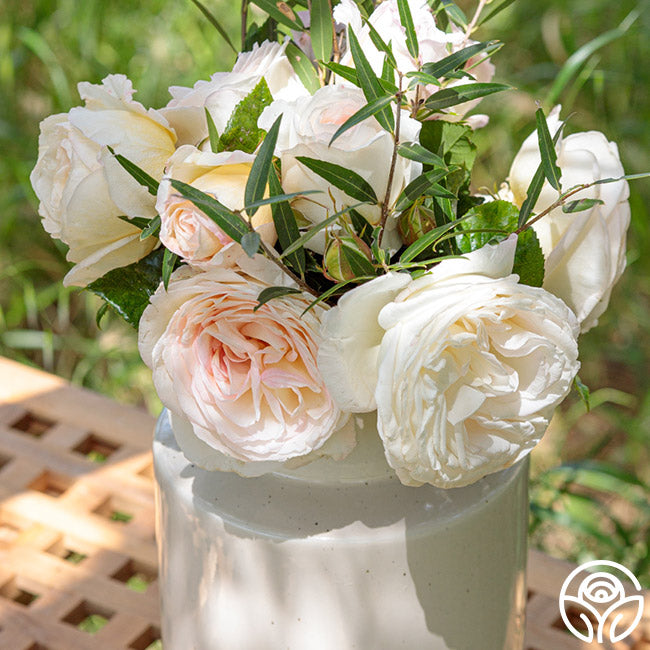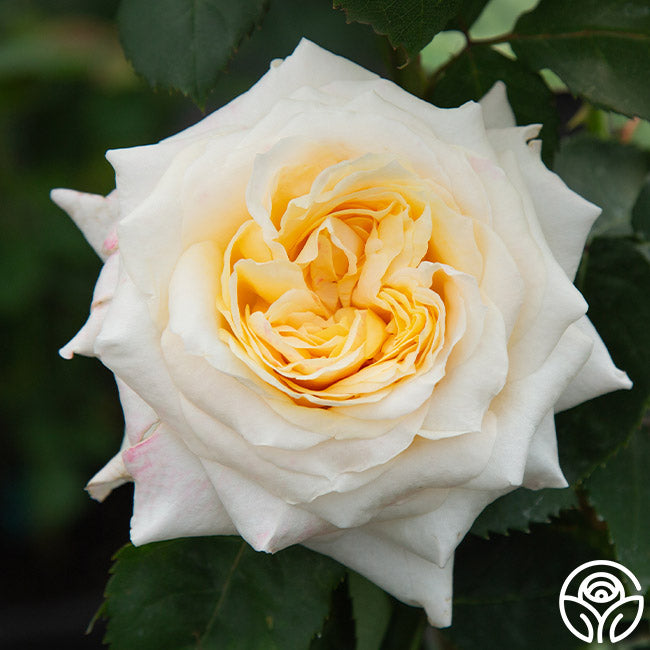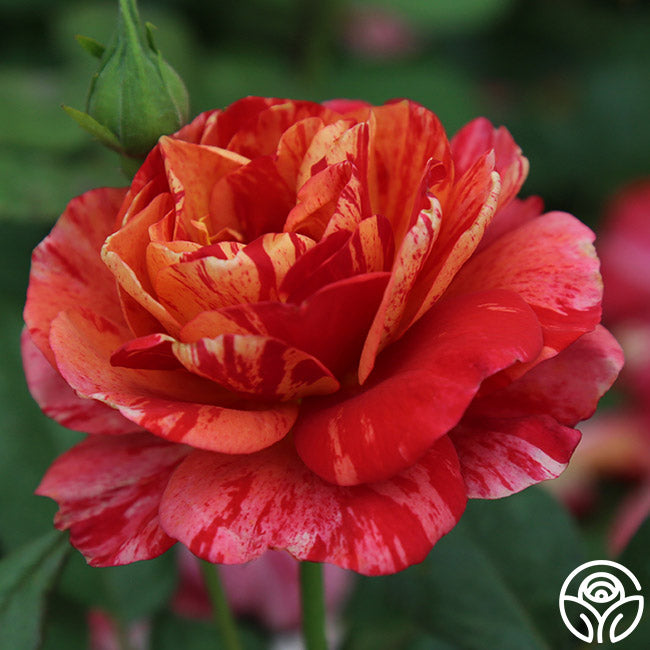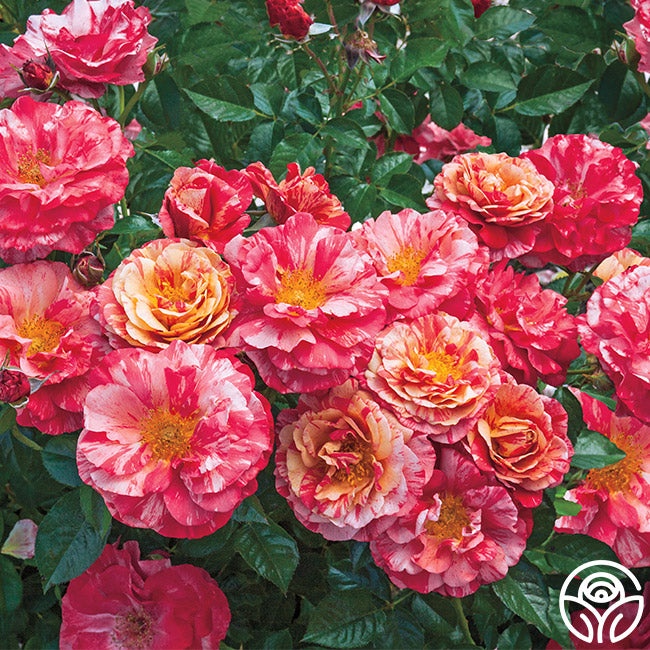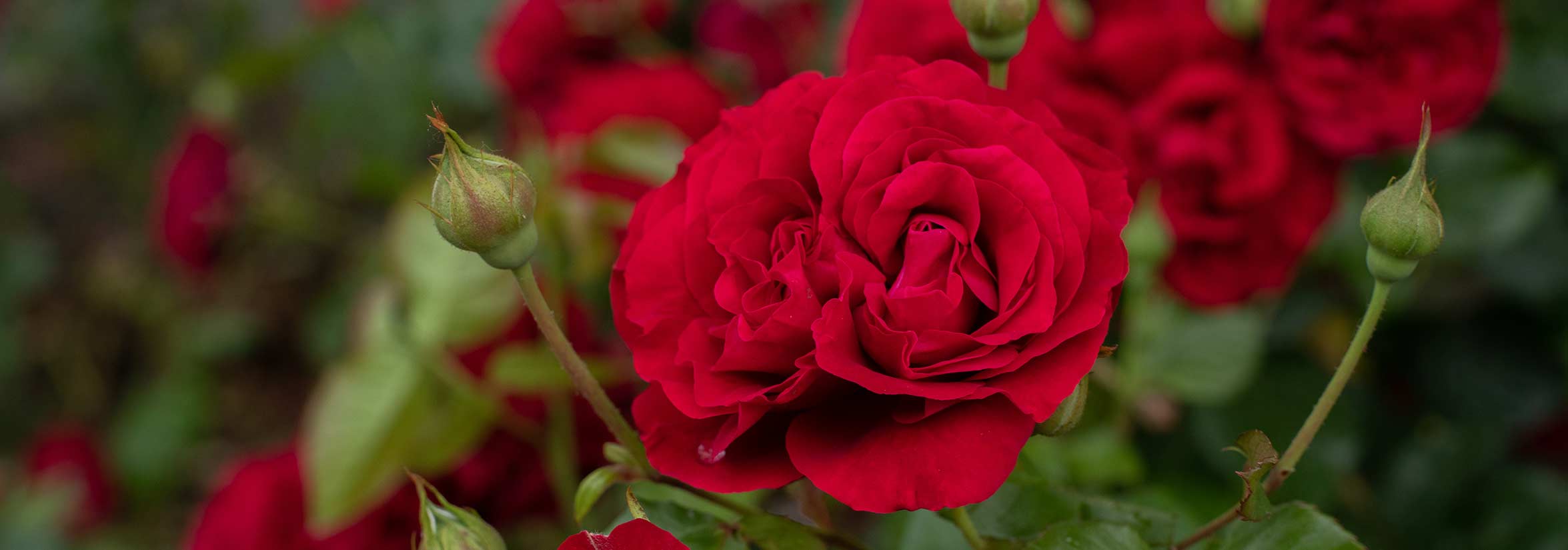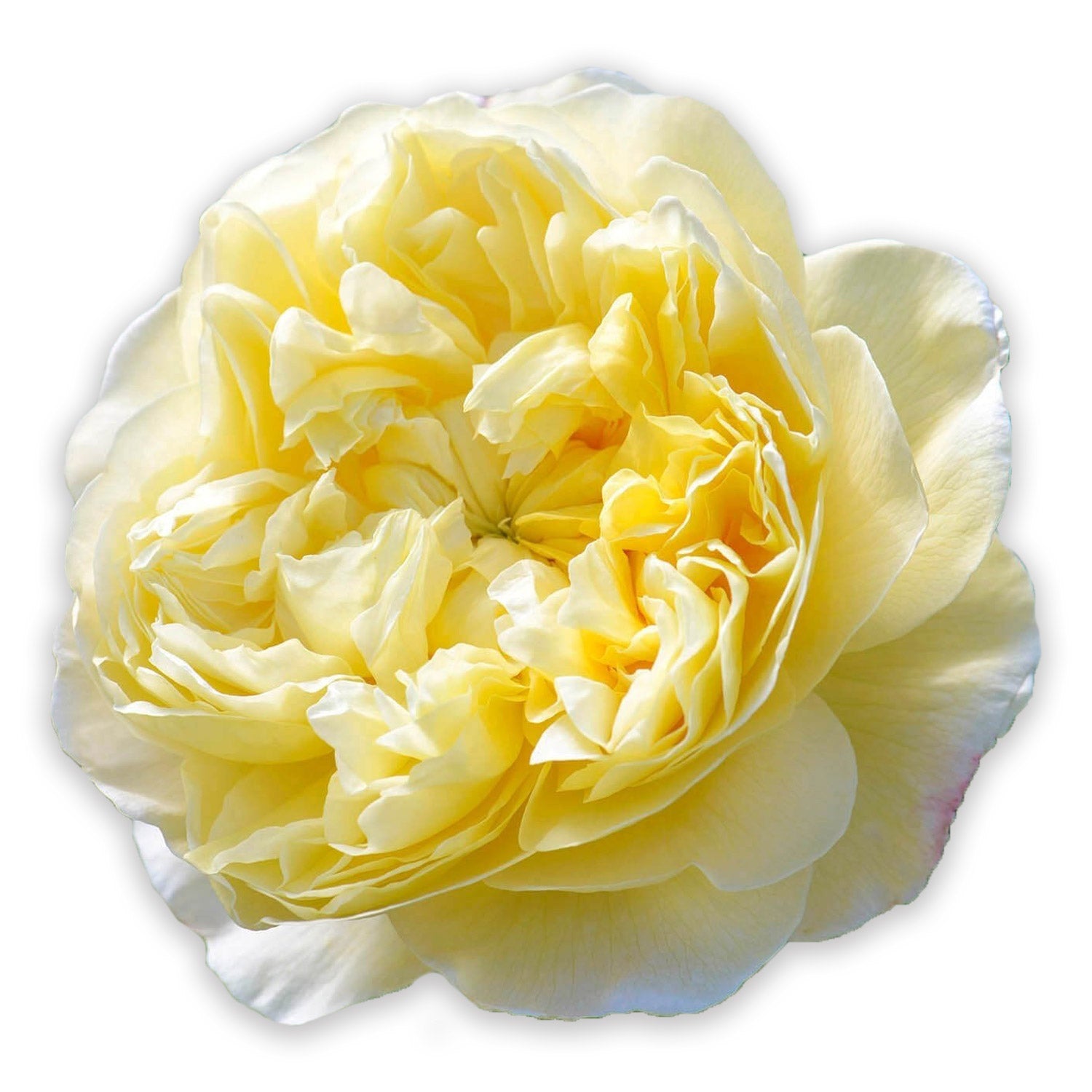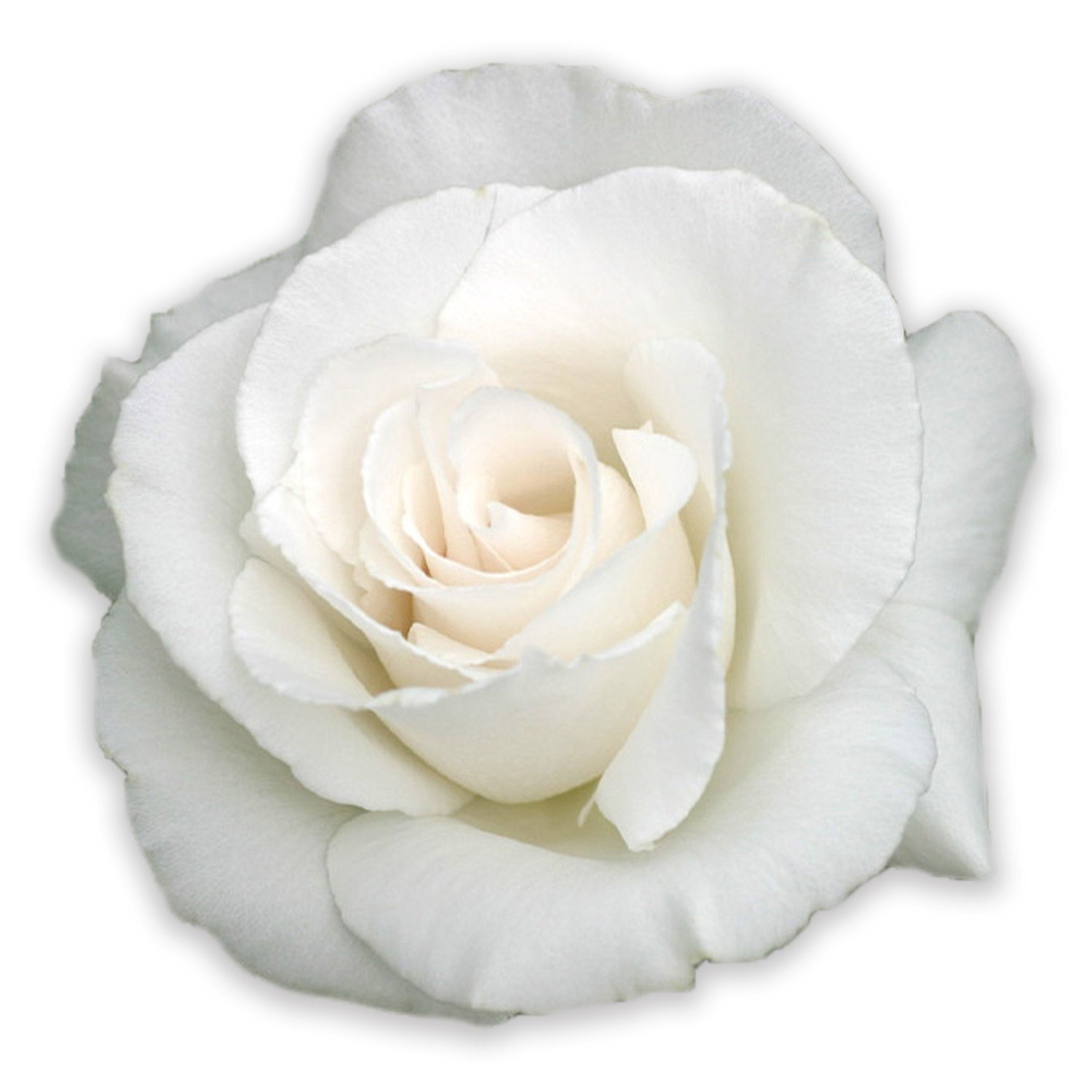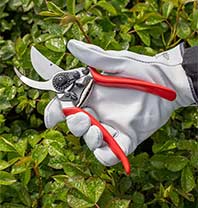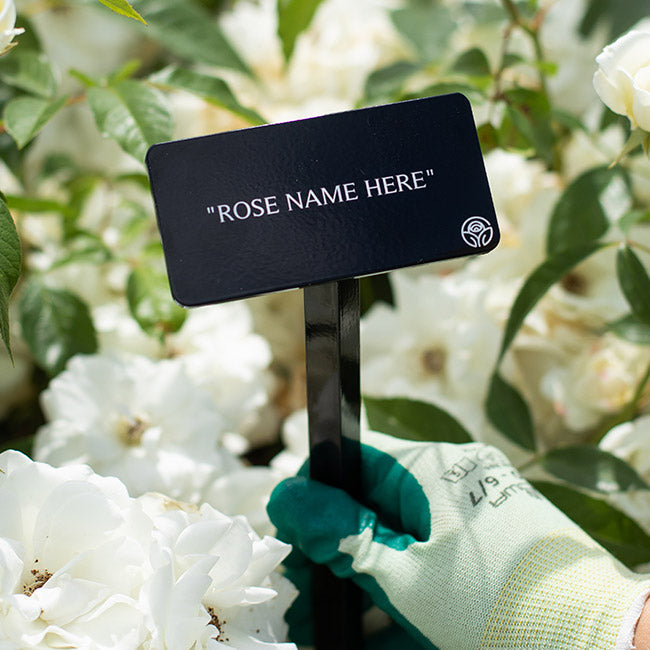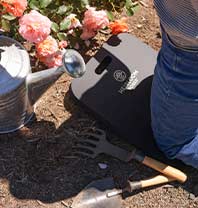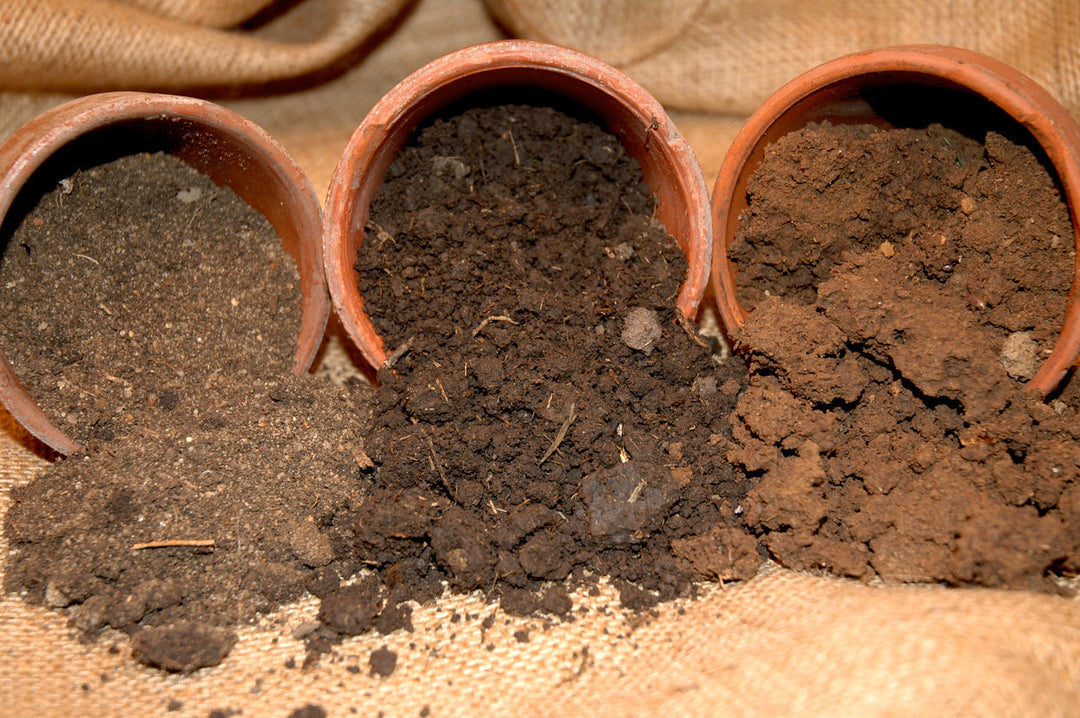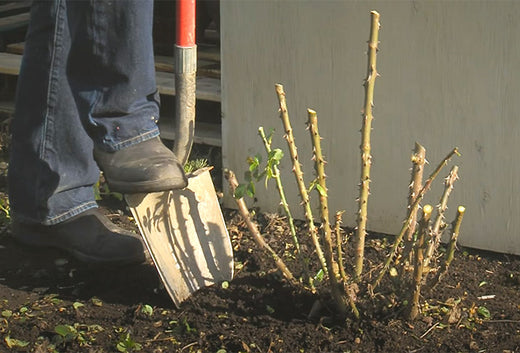Rose Mosaic Virus
Does my Rose have a Virus?
First thing, don’t panic. Heirloom Roses pioneered the practice of producing own-root roses for commercial resale to ensure virus-free roses. So your rose arrived on your doorstep healthy and ready for planting.
Roses sometimes look sickly due to reasons other than viruses. Check out our FAQ page first to see if your plant needs more or less watering, fertilizer, has mineral deficiencies, etc.
There are other fungal diseases such as Black Spot, Powdery Mildew, Rust, and Downy Mildew that roses sometimes have, but these are treatable and preventable if caught early.
Roses, like other plants, are susceptible to a few viruses, but unlike you or I and the common cold, roses cannot “catch” a virus. However, there is a virus that affects roses called Rose Mosaic Virus.
What is Rose Mosaic Virus?
Rose Mosaic Virus (RMV) is a virus that is usually spread through grafting roses. Heirloom Roses does not graft our roses to ensure disease-free and vigorous plants.
RMV presents itself in early spring and usually only on a portion of the plant. The best way to identify RMV in roses is through the distinct leaf markings it produces:
- Line Banding results in leaves with yellow to white lines in a zigzag pattern usually on the center of the leaf, and it resembles an oak leaf.
- Mosaic Tiling, which gives the virus its name, looks like mosaic tiling on the leaves with lots of yellowing.
- Watermarking looks like faint, almost invisible, swirls or squiggles in the green color of the leaf.
- Vein Banding causes yellow veins on the green leaves.
All of these markings indicate the presence of RMV.
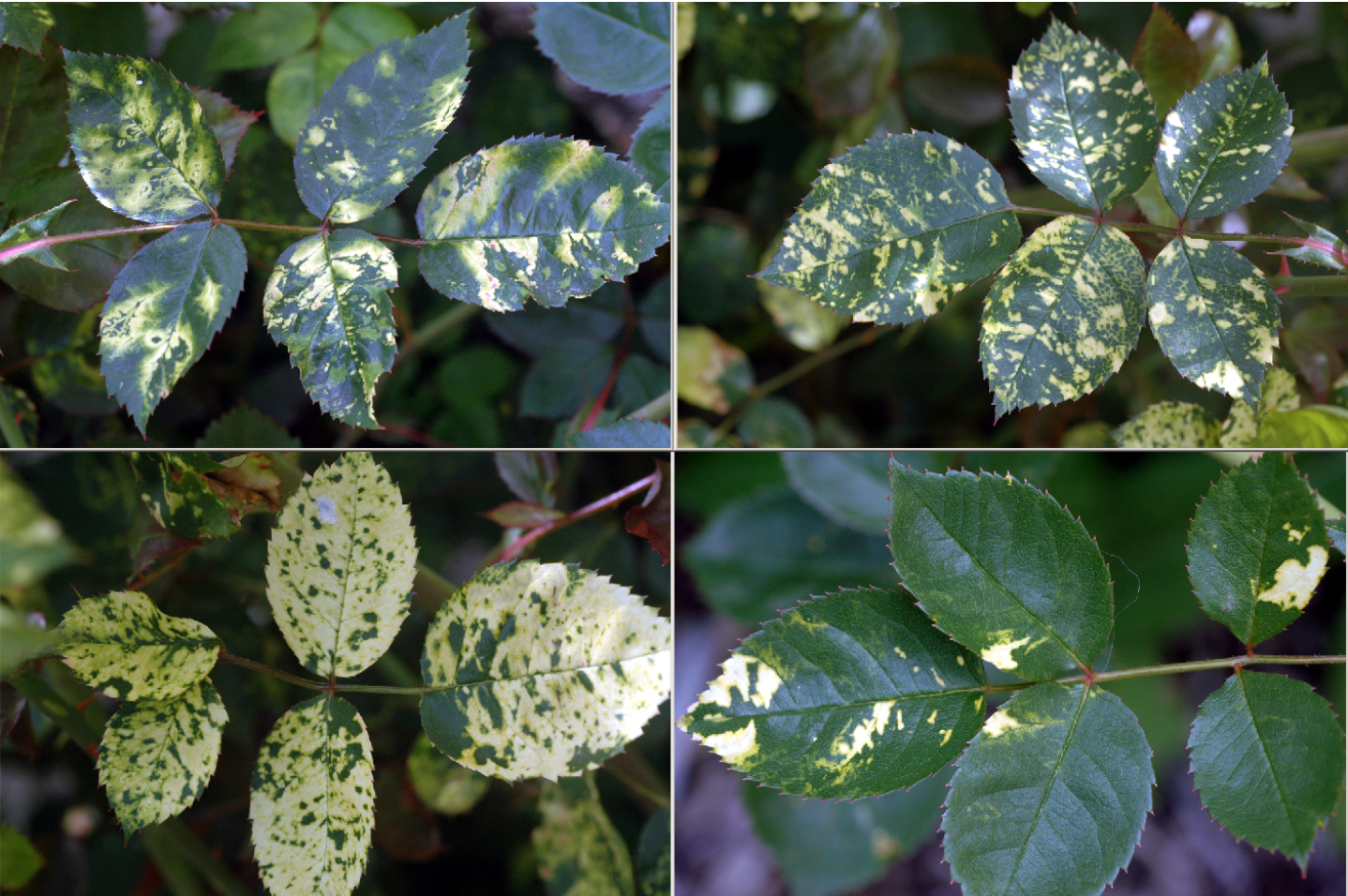
Once a plant is infected with RMV, it will spread throughout the entire plant via the phloem (food-conducting) system. While the plant may continue to grow, it will have reduced quality and puts the rest of your roses at risk. RMV can be transferred by garden pests, such as thrips, and contaminated pruning tools.
If your rose is infected with RMV, pruning the symptomatic tissue of the plant will not cure the disease since it has already spread throughout the entire plant. An infected rose will gradually weaken and may not wake up after a winter season. The only and best option is to remove the plant and discard it. Do not compost this plant.
We recommend leaving the ground fallow, or unplanted, for a year to allow the soil to rest and regenerate. Replace the RMV-infected rose with one of our own-root, disease-free roses after one year to keep that beautiful spot in your garden in bloom for future growing seasons.




